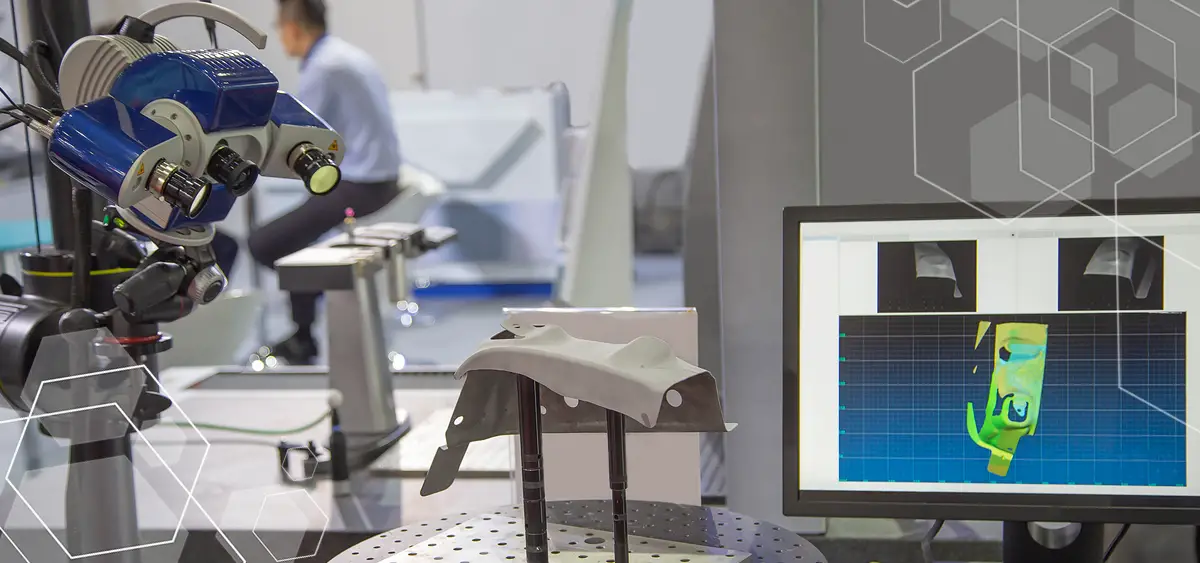[Reverse Engineering For Industrial Control Systems]

Executive Summary

Industrial Control Systems (ICS) are critical infrastructure for modern society. They control and monitor physical processes in a variety of industries, including manufacturing, transportation, and energy. Reverse Engineering (RE) is a powerful technique that can be used to understand and modify the behavior of ICS. By REing ICS, it is possible to identify vulnerabilities, improve security, and develop new features.

Introduction
Industrial Control Systems (ICS) are used to control and monitor physical processes in a variety of industries. These systems are typically composed of a network of sensors, actuators, and controllers that are connected to a central control system. ICS are critical infrastructure, and their security is of paramount importance in the current era of rapidly increasing smart manufacturing. RE is a powerful technique that can be used to understand the behavior of ICS. By REing ICS, engineers can identify vulnerabilities, improve security, and develop new features.
FAQs
1. What is Reverse Engineering?
- RE is the process of taking apart a system to understand how it works.
- This can be done by disassembling the system, analyzing its components, and studying its behavior.
2. Why is RE useful for ICS?
- RE can be used to identify vulnerabilities in ICS, improve security, and develop new features.
- By understanding how ICS work, engineers can better protect them from attacks and develop new ways to use them.
3. Are there any ethical considerations when REing ICS?
- Yes. It is important to be aware of the ethical implications of REing ICS.
- Before REing an ICS, it is important to obtain permission from the system’s owner
Subtopics
1. ICS Components
- ICS are typically composed of a network of sensors, actuators, and controllers that are connected to a central control system.
- Sensors collect data from the physical process, actuators control the physical process, and controllers manage the sensors and actuators.
2. ICS Architectures
- There are a variety of different ICS architectures, each with its own strengths and weaknesses.
- Some common ICS architectures include:
- Centralized
- Distributed
- Hierarchical
3. ICS Protocols
- ICS use a variety of different protocols to communicate between the various components of the system.
- Some common ICS protocols include:
- Modbus
- DNP3
- IEC 61850
4. ICS Security
- ICS are vulnerable to both physical and digital security threats.
- Physical threats include sabotage and theft, while digital threats include hacking and malware.
5. ICS Standards
- There are a number of different ICS standards that have been developed to help ensure their safety and security.
- Some common ICS standards include:
- ISA-99
- IEC 62443
- NERC CIP
Conclusion
RE is a powerful technique that can be used to understand the behavior of ICS. By REing ICS, engineers can identify vulnerabilities, improve security, and develop new features. However, it is important to be aware of the ethical implications of REing ICS before proceeding.
Keyword Tags
- Reverse Engineering
- Industrial Control Systems
- ICS Security
- ICS Protocols
- ICS Standards
